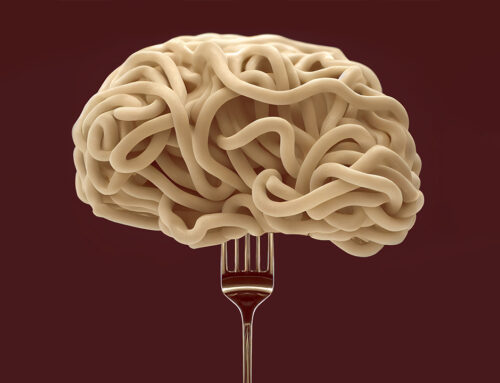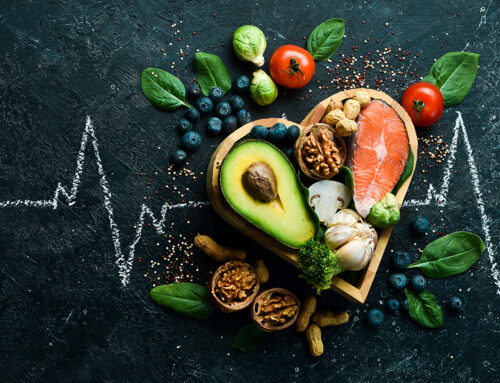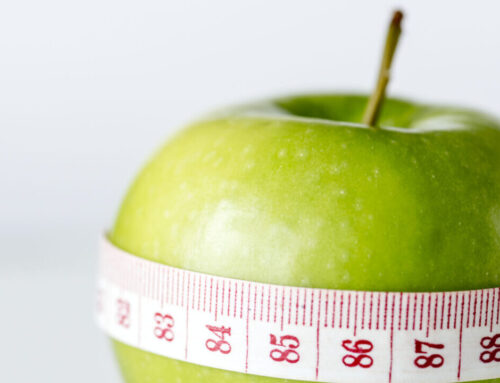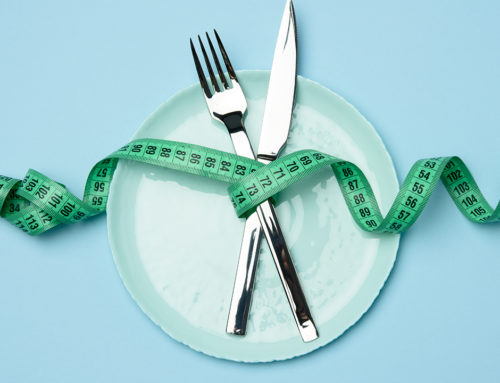Do CrossFitters eat differently to bodybuilders? Perhaps, but not by much if they want to gain shredded muscle, so here’s what you can learn from them to boost performance and size.
There’s no question that one of the most important factors for muscle growth and performance is your nutrition. Step one in your journey to gain muscle means you’ve got to eat sufficient calories to support growth and an increase in mass. Just like a bodybuilding routine, a caloric surplus results in mass gain (where a caloric deficit results in a mass loss).
One approach is to consume a maximal amount of food, which will increase mass. Traditionally, this is how many bodybuilders have attempted to eat during “bulking” phases. You probably already know that these are periods of intense gluttony where food quality and any quantity controls are more or less ignored in favor of cheap and calorie-dense foods. The problem, however, is the mass gained can be mostly fat. Then they must go through a “cutting” phase (periods of caloric deficits) and much of the muscle mass gained is subsequently lost. There are potential long-term metabolic and hormonal health concerns as well due to this yo-yo dieting. It is better for your health and body composition to take a conservative approach that results in sustainable muscle growth without excessive body fat. This is done with a caloric intake that is slightly above what is required to sustain one’s activity and muscle mass (versus an excessive surplus).
Muscle gain should be a slow ascent to a distant horizon. Gaining 0.5-1 pound of body weight per week is a good goal. This rate maximizes the muscle mass-to-fat ratio. A rough caloric guideline for this rate of mass gain is eating 15-20 calories (cal) per pound of bodyweight. For example, a 200lb guy may start at 20 cal/lb meaning a caloric target of: 200lb male x 20 cal/day = 4,000 cal/day.
However, the exact prescription will be highly individualized based on an athlete’s metabolism and activity level. You find the “right” number by putting a number into practice and observing the effect. If you put on weight fast and particularly as fat, you need fewer calories. If you aren’t gaining weight, you need more calories.
For hypertrophy, you need a caloric surplus. So if you aren’t gaining weight, you simply aren’t eating enough. It really is as simple as that, and all focus needs to be on getting enough quantity of food every day. That’s the hard part for most people: doing this consistently for weeks and months to see the results they want.
Matters of macronutrients
Macronutrients are significant sources of the aforementioned calories to the diet and there are three big players: protein, carbohydrate, and fat. Intake of all three and in appropriate quantities plays a vital role in performance and hypertrophy goals. The macronutrients are used for different end points, but collectively they provide the fuel sources for training and nutrient sources for tissue growth.
Protein
Protein has so many different uses in the body, including comprising skeletal muscle. Proteins in food are broken down into amino acids, which are the building blocks of proteins manufactured in the body. The amount of protein influences the nitrogen balance in the body. A negative nitrogen balance means you are breaking down proteins faster than you are synthesizing them, where a positive nitrogen balance means you are making new proteins faster than you are breaking them down. Building new muscle requires a positive nitrogen balance, and therefore a high protein diet is conducive for muscle growth.
A rough starting point for athletes looking to increase muscle mass is to eat about 1 gram (g) of protein/ day per pound of bodyweight. For a 200lb guy example, he would eat 200g protein/day. This is a reasonable target to achieve a positive nitrogen balance for athletes without being excessive. The best sources of protein which provide the widest breadth and depth of amino acids per calorie are animal proteins, i.e., chicken, beef, dairy, fish, eggs.
Carbohydrates
Carbohydrates break down into glucose and provide immediate fuel for your brain and muscles. Glucose is also stored in muscles and the liver in the form of glycogen. This is the most readily available and most efficient source of energy in the body for high-intensity training.
Training in a depleted state of glycogen increases muscle catabolism: exactly the opposite of what you want for hypertrophy. However, excessive consumption of carbohydrates, particularly highly-processed, sugar-laden, and calorically dense carbs have been linked to chronic diseases like obesity, heart disease, and diabetes. Furthermore, highly processed, carb-laden foods are stripped of micronutrients (vitamins and minerals) that are essential for the body’s health and performance. Therefore, the majority of one’s carbohydrates should come from whole foods to promote muscle gain and health. A baseline starting point is 1.5-3 grams/day per pound of bodyweight. A 200lb guy may consume 300-600g carbohydrates/day.
Fats
Fats are essential nutrients. They are used for the absorption of vitamins, production of hormones, overall tissue recovery and as an e”cient fuel source. Fat is particularly beneficial for the production of anabolic muscle-building hormones such as testosterone. It is also a great way to obtain calories simply because they are more calorically dense, which means eating less total volume. For people eating in a caloric surplus, consolidating the volume has practical significance particularly for sustainability. Fat consumption for the sake of hypertrophy and health should range between 20-30% of total caloric intake. It is best practice to set protein and carbohydrate levels first and fill in the balance of caloric needs with fat.
Calculate your muscle
Use this example as a blueprint to plug your own figures
into, so you’re always mastering the muscle math
Caloric Target:
200lb male x 20 cal/day = 4,000 calories/day
Protein:
200lb male x 1 g protein/lb bodyweight = 200g protein/day goal
This is 800 calories.
Carbohydrate:
200lb male X 2g carbohydrates/lb bodyweight = 400g carbs/day goal
This is 1600 calories.
Fat:
Fat calories = 4,000 cal – (800 + 1600 cal) = 1,600 cal
Fat grams = 1,600 cal / 9 cal/g fat = 178g fat/day
Note: at a higher carbohydrate load (i.e., 3g carbs/lb bodyweight), the fat grams
would be lower.
Map your intake
Many people complain they don’t see any muscle mass gains, but they aren’t tracking their nutrition. The same way you might approach your training and tracking performance in the gym, tracking nutrition is paramount for success. This is especially true for people who want to put on weight – it can be hard to eat more than your caloric needs every day for months.
You can audit yourself and consistency with a simple food log. Yes, plenty of apps are available if you prefer them, but even paper and pen is effective once you know how much you need to be eating. Most of us eat the same things most days and you can come up with some template meals to be sure you hit your caloric needs. You will see very quickly the reasons for your progress (or lack thereof).
Remember, too, small deviations in caloric intake aren’t the problem. You don’t need to worry about the calories in spinach for example. So don’t get too fixated on perfection. As a general guide, aim to be within a couple of hundred calories a day of your target intake (though it shouldn’t always be under 200 calories of your target, otherwise that will hinder progress). If you want to make consistent progress, you need to track your nutrition in the same way that you track your performance in the gym.







